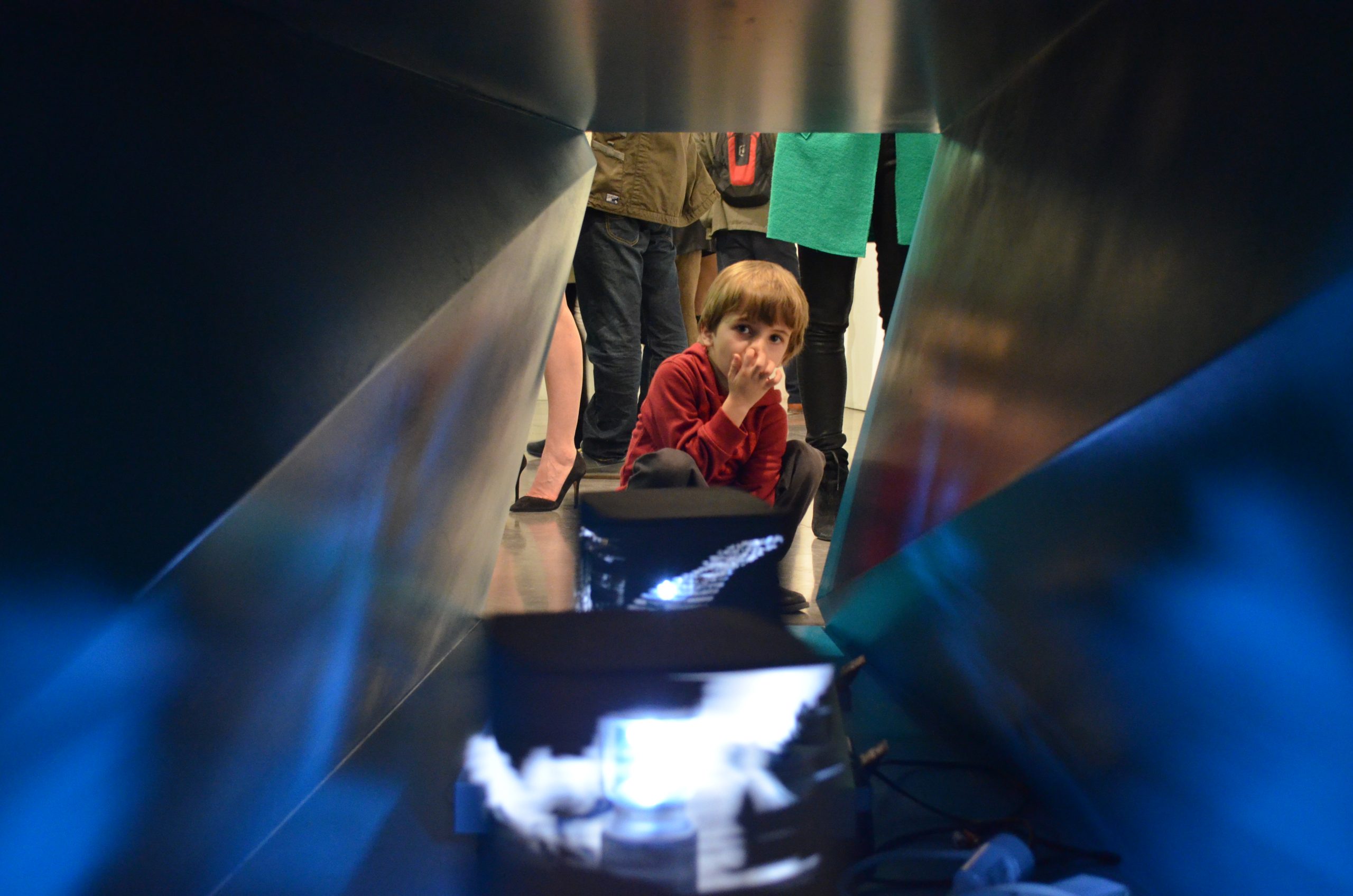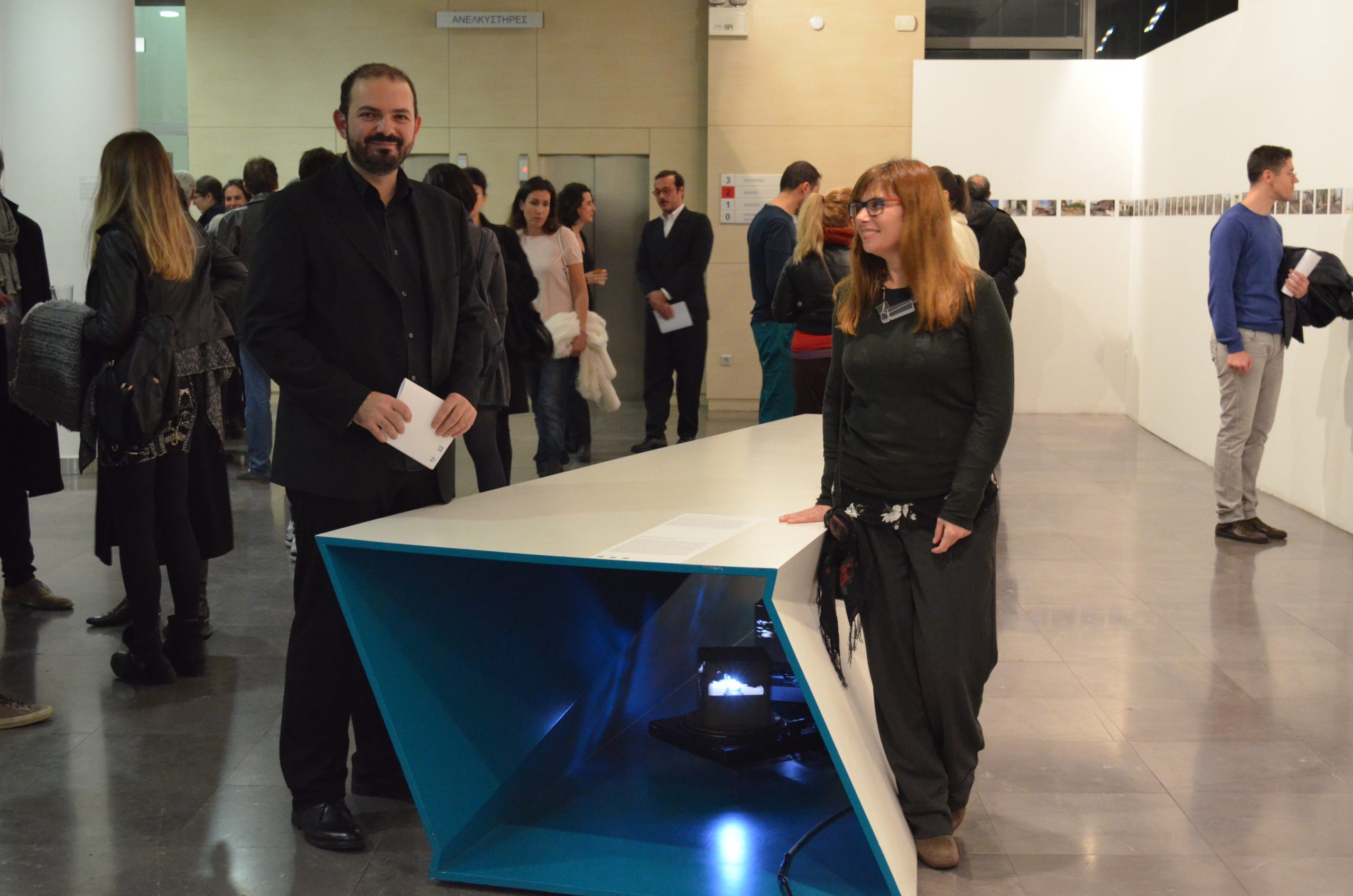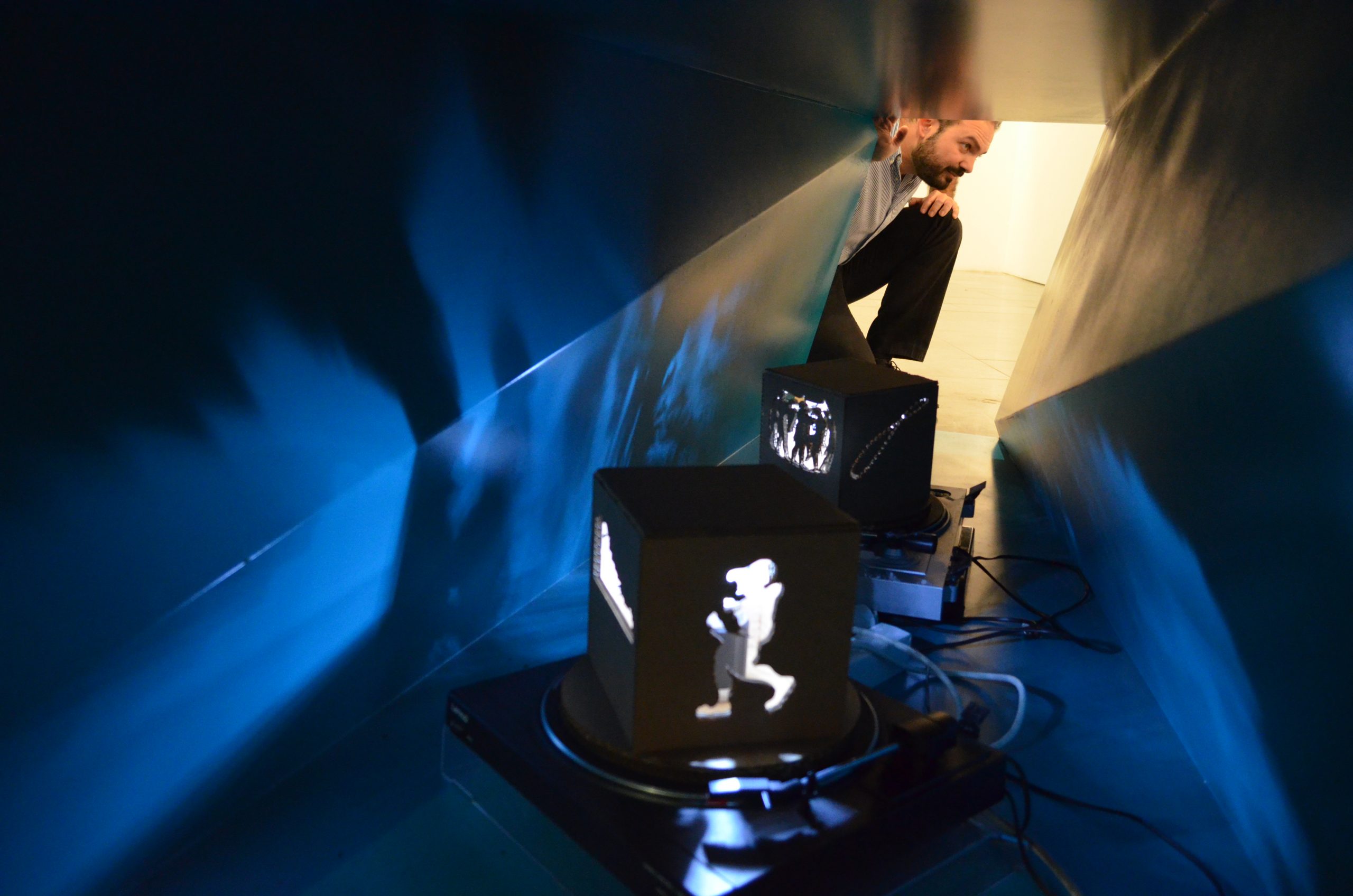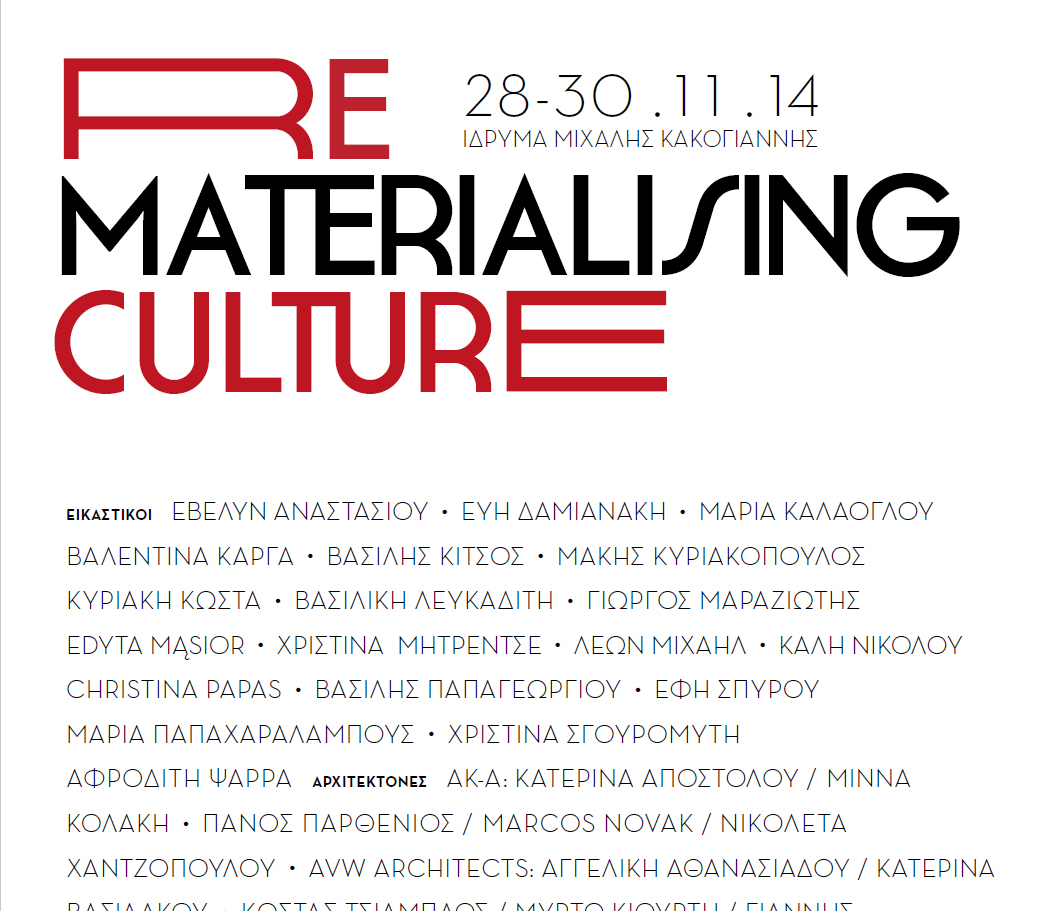CULTURAL HERITAGE
Sosipolis Analemma

The Sosipolis Analemma
The first part of the title of this work refers a genius loci named “Sosipolis” (the savior of the polis), mentioned by Pausanias in his book “Description of Greece” (Ελλάδος Περιήγησις). The second part of the title, “analemma,” refers to a scaffold or support but also to the astronomical term for the shape of the path of a star across the sky when observed at the same time each day for a year. The Sosipolis Analemma (Σωσιπόλεως Ανάλημμα), therefore, proposes that, to protect the polis, scaffolds and supports for the genius loci of each particular place and time are needed: a focus on the local that does not forget the global or the cosmic. This installation deals with the challenges of trace, remnant, and matter by fusing them with light, place, and history. It explores the relation of the remnant (υπόλειμμα) with the scaffold (ανάλημμα), combining sources from Plato’s Myth of Er and Xenakis’ La Legende D’Eer, to contemporary knowledge of the universe. It is specifically conceived in a technology independent way: given high technology, it’s message could be conveyed using interactivity, robotics, projections, and digital sound. Given little or no technology, it can still be presented using the simplest and most available of means: light, shadow, found objects, simple traces, common matter. It employs shadow theater, which is Indonesian in origin, but which has found its way across many cultures, finally reaching Greece in the well-known figure of Karagiozis (Καραγκιόζης), thus alluding to the whole history of East and West. It lets shadows mix contemporary and historical figures on a dual screen, like two Platonic caves, back to back, arranged so as to cast old shadows that intermix to produce new ones. Using cycles and epicycles as generators, the paths of light and shadow form an analemma (ανάλημμα), a trace, a shape that is both the memory and the organizer of combinations. The installation is conceived as something that can itself be re-cycled, re-produced, re-presented. To the greatest extent possible, the materials themselves should come from the environment itself, the literal neighborhood, and should encourage the viewer to leave the exhibition with increased curiosity about his/her local environment — the επιχώριος δαίμων, or genius loci, of that particular place and time — while also helping span history, geography, and culture.
Panos Parthenios
Nicoleta Chantzopoulou
Marcos Novak



